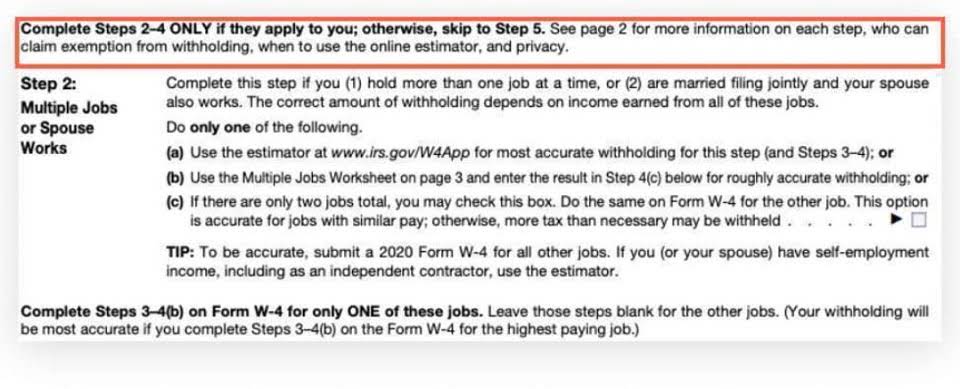Treasury Bills T-Bills Meaning, Examples, Calculations

CDs are also low-risk since the Federal Deposit Insurance Corp. insures them up to $250,000. They also usually offer higher coupon rates than Treasury notes, particularly when interest rates are rising. The demand for them helps set the rates and yields during the auctions, which can change based on interest rate changes and other market factors. Typically, Treasury notes pay less interest than T-bonds since T-notes have shorter maturities.
- If you were to reinvest in this T-bill for one year, you could arrive at an annual investment rate for your 17-week T-bill based on the actual purchase price of $982.73.
- Treasury bills are the most secure form of debt instruments as they hold the government’s assurance of repayment.
- T-bills are sold at a discount from their face value and mature at face value.
- Newer businesses with less predictable revenue and more cash flow volatility will naturally be focused on managing cash to ensure it can meet its obligations and keep its operations running.
- The company maintains a high-level cash report in a spreadsheet that’s updated on a semi-regular basis.
Treasury Bills (T Bills)
Treasury bills are sold at a discount to their face value and do not pay interest before maturity. The central government would sometimes issue short-term bills known as Cash Management Bills (CMBs) in order to satisfy its urgent requirements for cash. The Reserve Bank of India (RBI) is responsible for issuing the bills on behalf of the government. Therefore, cash management bonds are short-term products in the money market that assist the government in compensating for its temporary cash flow imbalances. Treasury’s cash balances are down, it may need to raise money for a few days.

Auction Process
- As a result, Treasury bills may be most attractive to conservative investors who want to earn a little interest without the risk of more volatile investments such as individual stocks.
- The securities quoted in the article are exemplary and are not recommendatory.
- For the government, they are a means to meet short-term financing needs without resorting to printing more currency, which can lead to inflation.
- Treasury bonds, notes and bills are three types of investments the U.S. government issues.
- The two main steps are to monitor your business’ incoming and outgoing payments so you always know where your cash flow stands.
- The trading avenues discussed, or views expressed may not be suitable for all investors.
You can buy Treasury bills directly from the government at TreasuryDirect.gov or through a brokerage account or bank. TreasuryDirect is accessible to anyone with internet access, a taxpayer identification number or Social Security number, a U.S. address, and a checking or savings account to link for treasury and cash management payment. Treasury bills are assigned a par value (or face value), which the bill is worth if held throughout the term. You buy bills at a discount — a price below par — and profit from the difference at the end of the term. The most common terms for T-bills are four, eight, 13, 17, 26 and 52 weeks.
Treasury Bills (T-Bill) Rates
If interest rates rise, the value of a T-Bill can fall, as investors can get a higher return from newly issued T-Bills. T-Bills also play a significant role in the financial markets, providing a benchmark for interest rates and helping the central bank manage the money supply. For the government, they are a means to meet short-term financing needs without resorting to printing more currency, which can lead to inflation.


For example, managing multiple currencies, accounts, and regulations across different markets and jurisdictions can be a difficult task. Additionally, it can be difficult to find the https://www.bookstime.com/ balance between liquidity and profitability, as well as risk and return. Furthermore, forecasting cash flows and financial needs accurately and timely is a challenge in itself.
- I introduced them to Treasury Bills (T-Bills) – a perfect fit for those wary of economic fluctuations such as inflation.
- For example, a bond worth $500 with a coupon rate of 5% would pay $25 in interest each year.
- The difference between cash and treasury management lies in the scope, complexity, and strategic importance of their activities.
- They are normally sold to institutional investors because they come with a high minimum investment requirement.
Issued at a Discount


